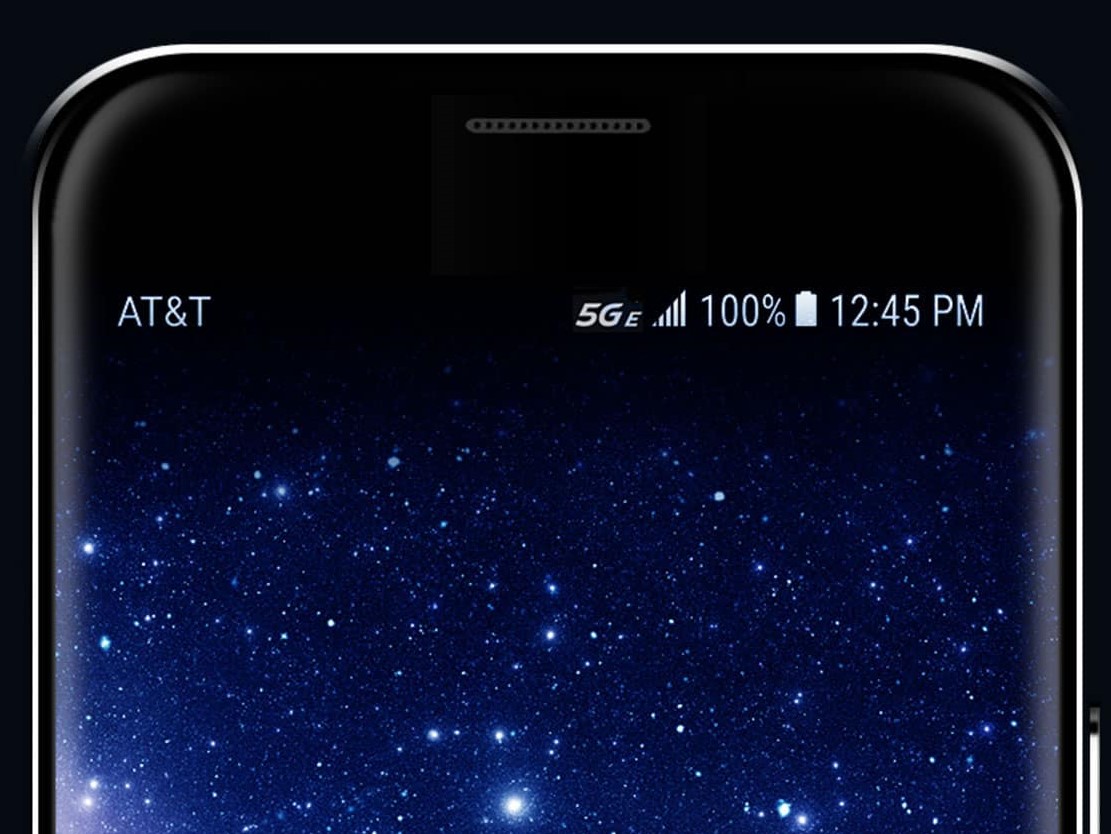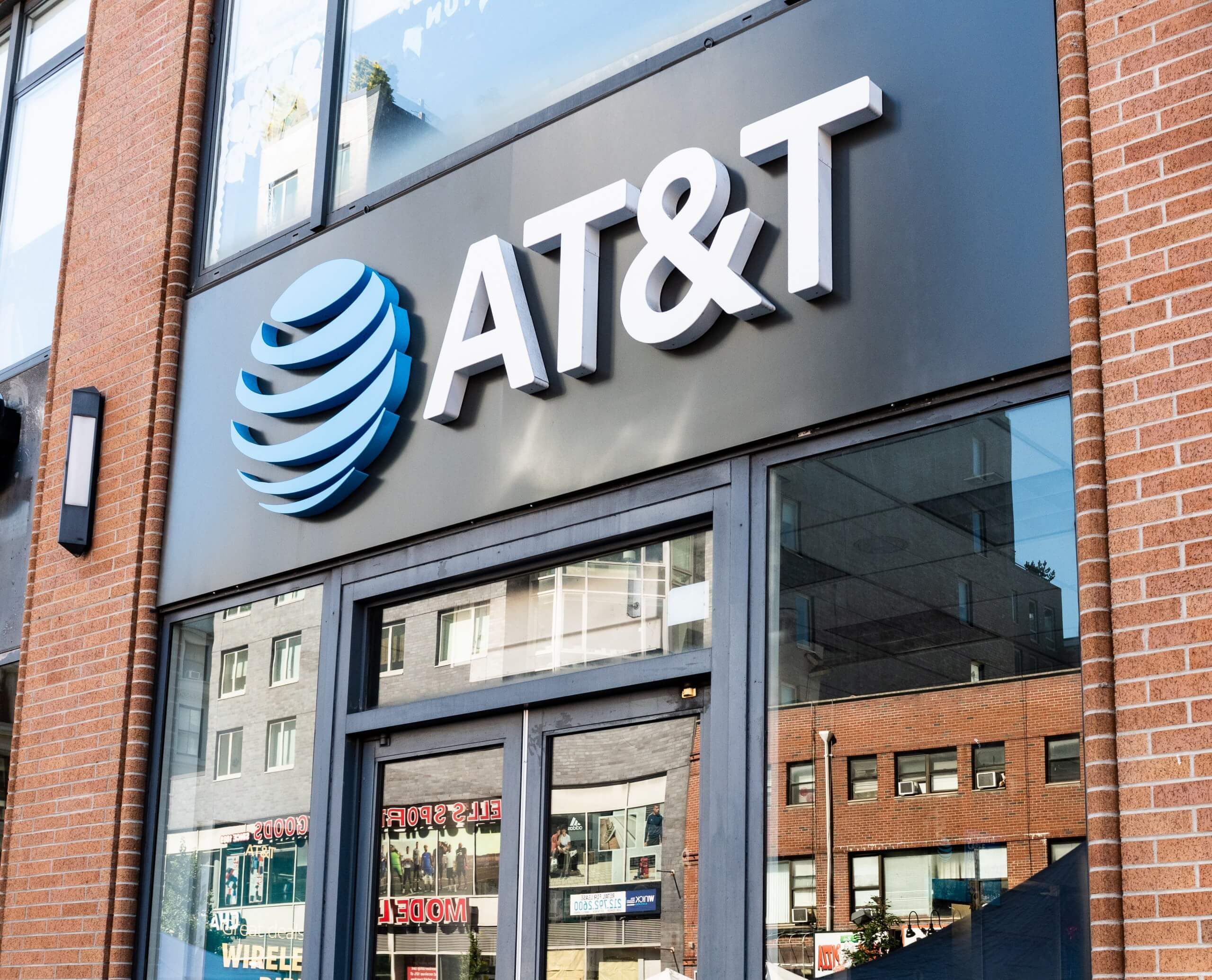Facepalm: AT&T has convinced phone manufacturers to put a "5G E" logo in place of the typical LTE logo on devices connected to towers with advanced LTE technologies, such as 4x4 MIMO, 256QAM and LAA. While these technologies can boost speeds, they're already in use and do not bring the frequencies out of 4G and into 5G.
According to AT&T, a 5G E symbol means that the device is utilizing technologies that are stepping stones to true 5G. "5G Evolution (5G E) is our first step on the road to 5G," says AT&T. "Our improvements are already enabling faster speeds on our existing LTE network." True 5G will not be based on any "existing LTE network."
While AT&T hasn't said so, it's clear that 5G E is just a rebranding of what everyone else calls Gigabit LTE. Like Gigabit LTE, 5G E uses 256 QAM (256-bit Quadrature Amplitude Modulation) to squeeze an extra 30% more data into a signal by increasing efficiency. They also use LAA (Licensed Assisted Access) to jump between LTE and Wi-Fi bands depending on what's got the least traffic.
The real powerhouse though, 4x4 MIMO, is exclusive to flagships which explains why AT&T says 5G E will only be coming to a limited amount of Android devices. Traditional 4G networks use 2x2 MIMO technology that relies on connecting two device antennas to two antennas on the tower. 4x4 MIMO doubles the antenna count on both ends, potentially doubling the speed as well.

Wireless carriers misleading consumers isn't anything new. In fact, before true 4G networks were up and running, Sprint jumped the gun and started calling their WiMAX network 4G. AT&T and T-Mobile followed suit pretty quickly and began calling their HSPA+ networks 4G as well.
This time, however, T-Mobile is claiming the moral high ground. T-Mobile Chief Technology Officer Neville Ray said criticized AT&T for being misleading in a blog post yesterday, where he said that AT&T's 5G network is all show and no substance. "They even have plans to show a 5G network indicator for LTE on consumers' devices to hide the fact that actual 5G will be scarce, duping customers into thinking they're getting something they're not."
He was also quick to take a shot at T-Mobile's other main competitor, Verizon. Verizon is currently attempting to establish a proprietary UWB (Ultra-Wide Band) version of 5G, which Ray says "should be short for UnderWhelming Bullshit because that's exactly what it is."
Ironically, however, AT&T's 5G E network is faster, cheaper and has better range than their actual 5G network which launched yesterday in a dozen cities. The bottom line is, whether you're on 5G E or an actual 5G network, you're getting scammed because Gigabit LTE is still cheaper and faster for now.
